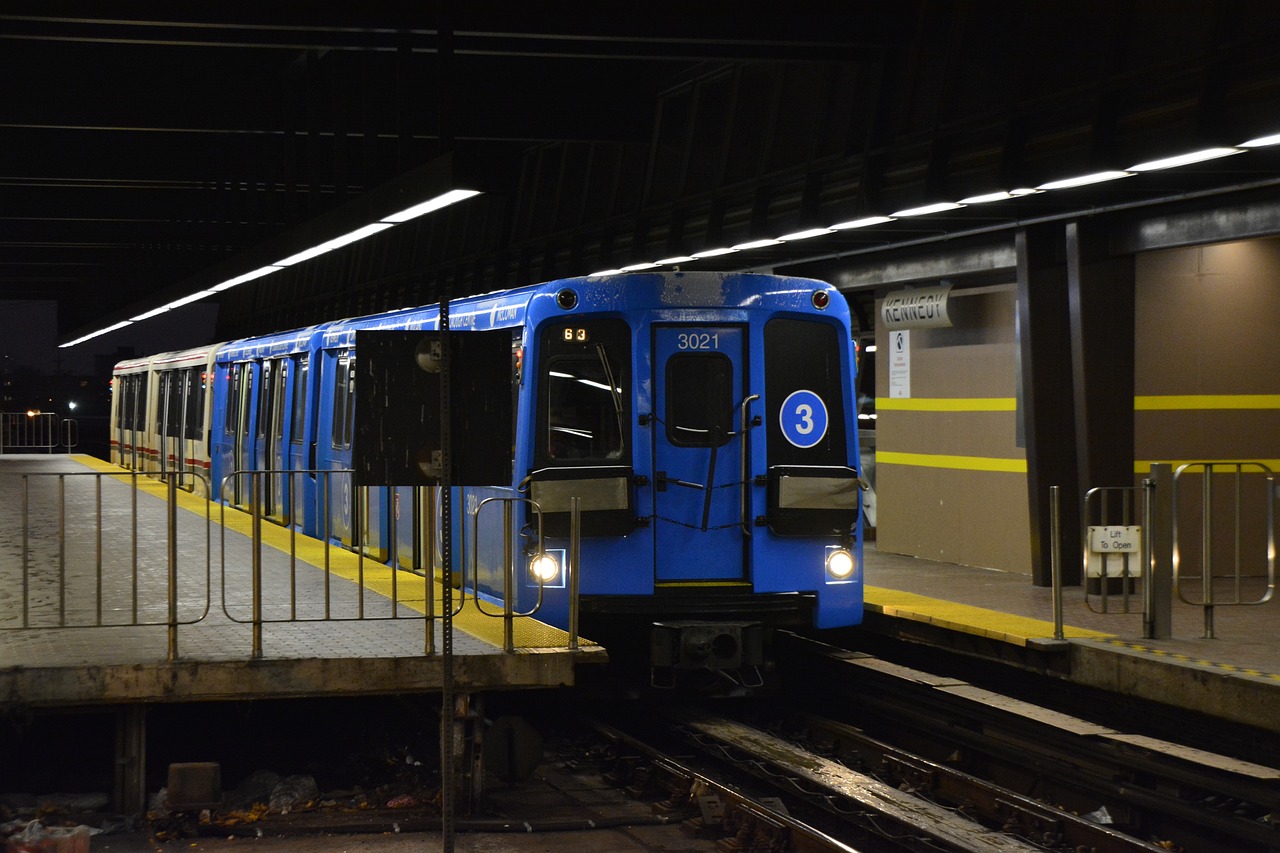

Question: What are the Effects of Nearby Transportation on House Worth?
Answer: Nearby transportation can positively impact house worth by enhancing accessibility, convenience, and commute options, potentially increasing demand and property values in proximity to transportation hubs.
The Relationship Between Public Transit and Property Values
Access to reliable and efficient transportation is a key consideration for many potential homebuyers, as it can significantly impact their daily lives, commutes, and overall quality of life. The proximity and quality of nearby transportation options can have a substantial influence on house worth, affecting factors such as convenience, noise levels, and neighbourhood desirability. In this article, we will explore The Effect of nearby transportation on house worth, from the impact on buyer preferences to the influence on local development patterns and amenities.
Convenience and Accessibility
One of the most direct ways nearby transportation can affect house worth is by offering convenience and accessibility to potential homebuyers. Homes that are located near major transportation hubs, such as train stations, bus stops, or subway stations, can be highly desirable to buyers who rely on public transportation for their daily commutes or those who value easy access to amenities and services.
Proximity to transportation options can also make a neighbourhood more walkable and bike-friendly, further increasing the appeal of homes in the area. As a result, homes located near transportation hubs may command higher prices and enjoy increased demand from potential buyers.
Find more information about the value of your house
Related Article: Do Nearby Green Spaces Affect Home Worth?
Related Article: Does Population Growth Affect House Worth?
Impact on Noise and Pollution Levels
While the convenience of nearby transportation can be a significant draw for potential homebuyers, it can also have some negative effects on house worth. Homes located near busy transportation hubs or major roadways can be subject to increased noise and pollution levels, which can detract from the overall quality of life for residents.
Potential buyers may be less inclined to purchase homes that are directly adjacent to major transportation hubs, as the noise and pollution levels can be a significant concern. As a result, homes located near transportation hubs but far enough away to avoid excessive noise and pollution may be more desirable and command higher prices.
Influence on Neighborhood Desirability and Development
The availability of nearby transportation can also influence the overall desirability and development patterns within a neighbourhood. Areas with efficient transportation options may be more attractive to developers, as they can offer residents easy access to employment centers, amenities, and services.
This increased desirability can lead to increased investment in the neighbourhood, resulting in the development of new housing, commercial properties, and public amenities. These developments can further increase the demand for homes in the area, potentially leading to higher home values.
Conversely, areas with limited transportation options may struggle to attract new development and investment, potentially leading to stagnation or declines in home values.
Impact on Traffic Congestion and Parking
The availability of nearby transportation can also have indirect effects on house worth by influencing traffic congestion and parking availability within a neighbourhood. Areas with well-developed transportation networks may experience reduced traffic congestion, as residents have the option to use public transportation or alternative modes of transportation, such as biking or walking.
This reduced traffic congestion can make a neighbourhood more appealing to potential homebuyers, potentially leading to higher home values. Additionally, homes located in areas with ample public transportation options may require less dedicated parking, which can be a significant draw for buyers in densely populated urban areas.
Transportation-Related Infrastructure Improvements
Investments in transportation-related infrastructure can also impact house worth, as these improvements can enhance the overall accessibility and appeal of a neighbourhood. Examples of transportation-related infrastructure improvements include the construction of new transportation hubs, the expansion of existing transportation networks, or the implementation of traffic-calming measures.
Transportation and Future Value
Transportation technology constantly evolves, and these advancements will shape future property values. Consider the rise of electric vehicles (EVs) and their charging infrastructure. While EVs reduce reliance on gas stations, their impact on property value near traditional transit hubs is still emerging. Autonomous vehicles could also revolutionize commutes, potentially shifting the premium away from immediate transit access towards other amenities. High-speed rail projects or new subway lines create “transit-oriented development” zones. These areas often experience significant appreciation. Real estate professionals must monitor these technological and infrastructural shifts. They inform clients about long-term value propositions.
Lifestyle and Walkability
Modern homebuyers consider more than just commuting efficiency. They prioritize lifestyle factors linked to transportation options. Walkable neighborhoods, well-served by transit, offer immense appeal. Residents can easily access shops, restaurants, parks, and entertainment on foot. This reduces dependence on private cars. It fosters a healthier, more environmentally friendly lifestyle.
A high “walkability score” directly correlates with higher property values in many urban centers. Buyers seek vibrant communities where daily errands and leisure activities are easily accessible. This blend of connectivity and local amenities creates a powerful draw, enhancing home desirability and price.
Conclusion
These improvements can make a neighbourhood more attractive to potential buyers, leading to increased demand for homes and higher home values. However, it’s important to note that the construction process itself can be disruptive, and any short-term negative effects on house worth should be weighed against the potential long-term benefits of improved transportation infrastructure. [ 1 ]
References
1. https://www.homelight.com/blog/public-transportation-property-values/


